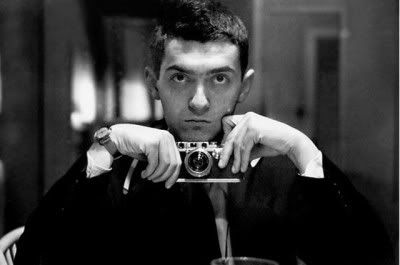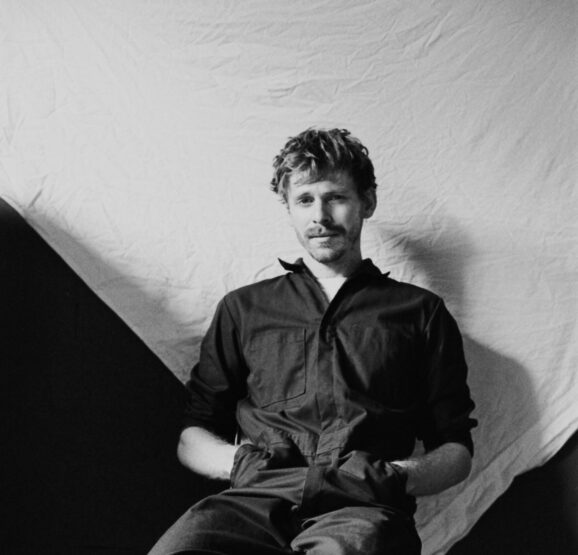Hidden Flick: Slivers of Delusion
Ever stayed up way past the dawn? Ever stayed up for several days straight? Ever stayed up so long for that Long Gig of the Imagination where one can no longer function properly—physically or emotionally? Ever stayed up, beyond the pale, a stranger in a strange land, as the strangeness seeps into the skin, exposing small slivers of delusion in the psyche?
In Erik Skjoldbjærg’s debut film, the young Norwegian director explored the outer regions of a Swedish detective’s mind as he travels from his own Scandinavian country to another in pursuit of a suspect who has brutally murdered a young girl in the northern Norway town of Tromsø. The intersecting themes of isolation, paranoia, memory, and relationships are explored in this week’s Hidden Flick, Insomnia.
Stellan Skarsgård plays the main character and chief mind fuckee, Jonas Engstrom, in this solemn, disturbing and ethically flexible tale. Skarsgård has been seen in numerous American and international productions, as well, namely Good Will Hunting and Ronin. Being Swedish, he plays cold really well, and that isn’t meant as an insult or a joke. The part demands that the actor find some pretty dark places to lumber through, and Skarsgård reaches inside these weird catacombs of the soul with chilling ease.
READ ON for more on this week’s Hidden Flick, Insomnia…


















